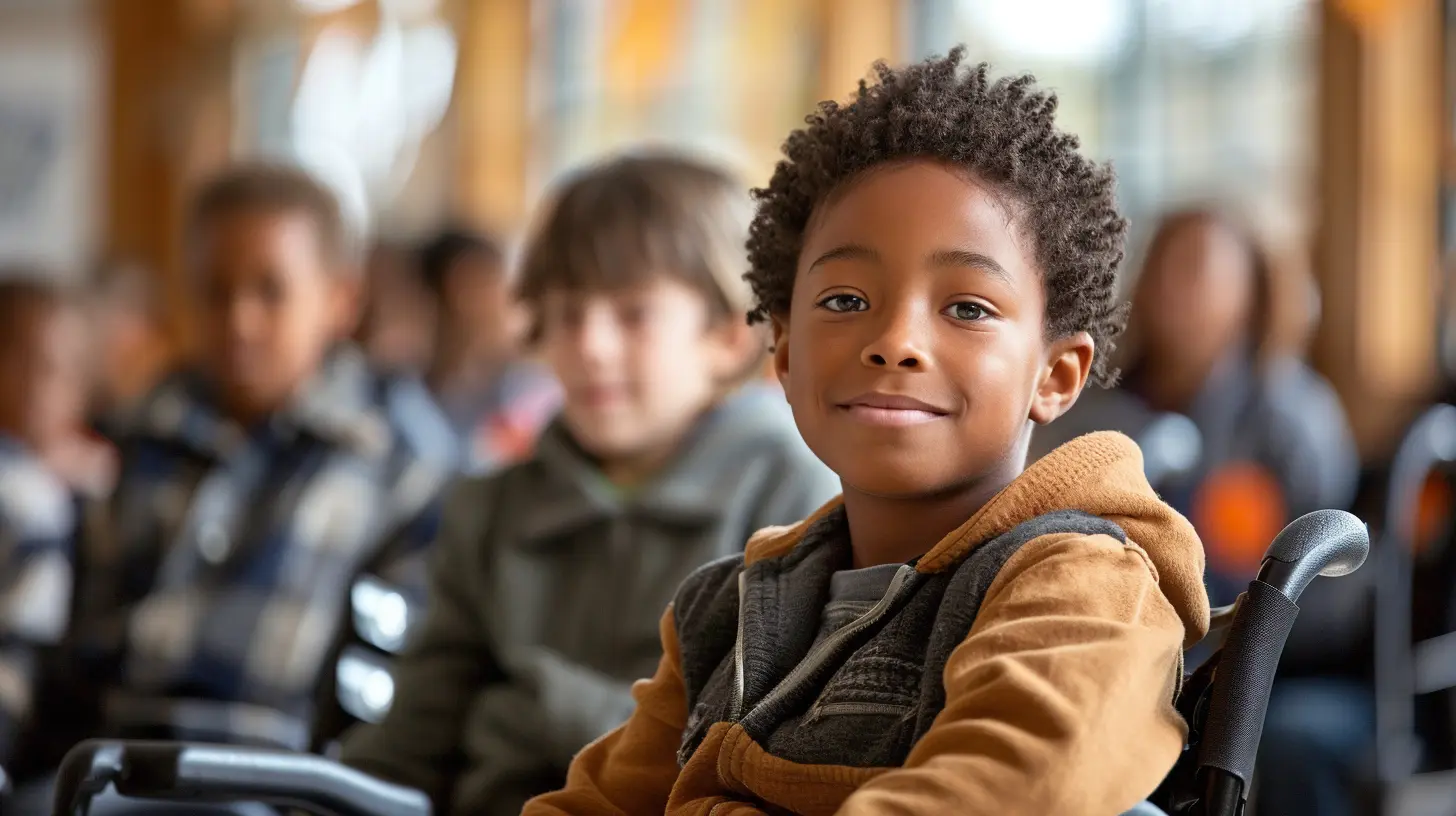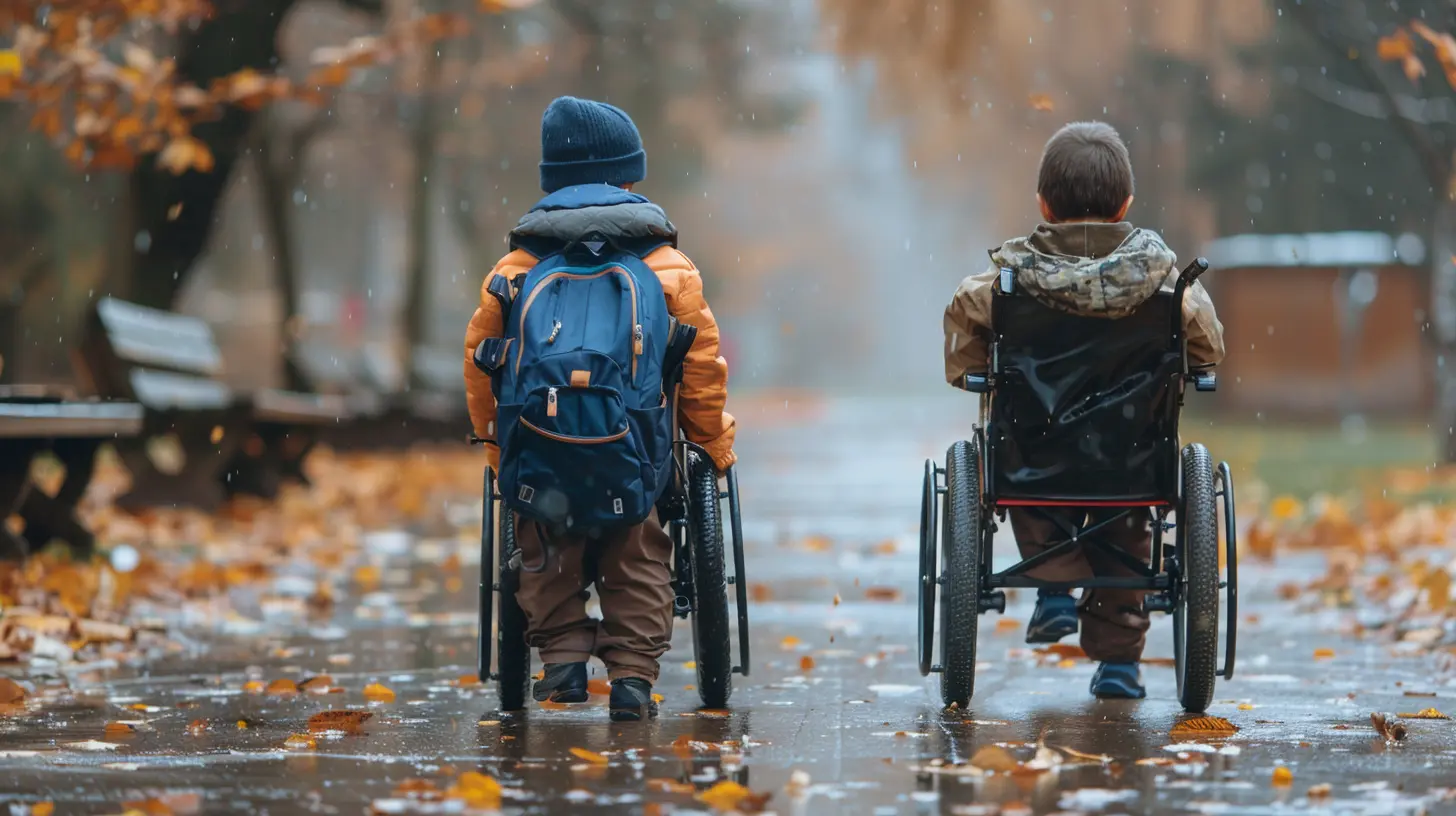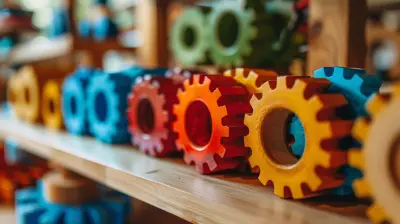How to Foster Resilience in Students with Learning Challenges
2 July 2025
Let’s be real — learning isn’t a one-size-fits-all kind of thing. Some students pick things up like a sponge soaking up water, while others might need a bit more time, support, and encouragement. And that’s totally okay.
But here’s the thing that often gets overlooked: students who face learning challenges don’t just need academic support — they need emotional fuel, too. They need grit. Confidence. A belief that they can get through tough times even when the odds seem stacked against them.
That’s where resilience comes in.
In this post, we’re going to break down how to foster resilience in students with learning challenges. Think of it as a toolkit for parents, teachers, tutors, or anyone who works closely with these incredible, determined, and often underestimated kids.
What Is Resilience, Anyway?
Before we dive into strategies, let’s hit the pause button. What is resilience?Resilience is the ability to bounce back from setbacks. It’s what helps a student get up and try again after failing a test, or keep going when learning something new feels like climbing Everest without oxygen.
For students with learning difficulties — like dyslexia, ADHD, or processing disorders — resilience is not just helpful. It’s essential.
They’re going to face more hurdles than most. Not because they’re not smart (because they totally are), but because their brains are wired a bit differently. And that means they need resilience to power through frustration, disappointment, and self-doubt.
Why Is Fostering Resilience So Important?
Can we be honest? School can be tough under the best of circumstances.Now, imagine trying to decode a paragraph when words look like spaghetti on a page. Or sitting still and focusing when your brain is buzzing like a beehive full of thoughts.
Sounds exhausting, right?
This is daily life for many students with learning challenges. Without resilience, it’s easy for them to feel defeated, disengaged, or even give up entirely. But with resilience... oh man, things shift.
Resilience gives students:
- The courage to try again after failing
- The trust that effort can lead to progress
- The perspective that setbacks don’t define them
- The strength to face adversity with hope
And those things? They can be game changers.
Signs That a Student Might Be Struggling with Resilience
Not all signs are loud and clear. Sometimes, they whisper.Here’s what to look out for:
- Avoidance of tasks that seem hard
- Meltdowns over small mistakes
- Negative self-talk like “I’m stupid” or “I can’t do anything right”
- Refusing to ask for help (or always asking for help)
- Giving up quickly when things don’t go smoothly
These behaviors aren’t laziness or attitude problems. They’re often defense mechanisms — ways of protecting a fragile sense of self-worth.
How to Foster Resilience in Students with Learning Challenges
Alright, now let’s roll up our sleeves. Here's a step-by-step guide to building resilience in students who need it the most.1. Normalize Struggle and Celebrate Effort
Kids won't always admit it, but they often think struggling = failing. Your job? Break that mindset.Talk openly about how learning is messy. Let them know that mistakes are not only okay — they’re part of the process. Heck, share your own learning challenges. (Ever tried to set up IKEA furniture without instructions? Not easy).
Then, start celebrating effort, not just results.
Instead of “You got an A!”, say, “I’m proud of how hard you worked on that.”
This small shift has a big impact. It teaches them that effort matters — and that’s something they can control.
2. Build a Safe Emotional Space
Imagine trying to run a marathon in a thunderstorm. That’s what learning feels like when a student doesn’t feel safe emotionally.Creating a safe space isn’t about bubble-wrapping them from all consequences. It’s about giving them a strong foundation of trust, compassion, and consistency.
Here’s how:
- Stay calm when they get frustrated or emotional
- Avoid shaming language (“Why can’t you do this?”)
- Offer choices where possible to give them a sense of control
- Encourage open, honest conversations — without judgment
When students feel safe, they’re more likely to take risks. And taking risks is how resilience grows.
3. Teach Growth Mindset
Remember the fixed mindset vs. growth mindset concept? It’s gold.A fixed mindset says, “I can’t do math. I’m just not good at it.”
A growth mindset says, “Math is hard, but I can get better with practice.”
Students with learning challenges often slide into fixed thinking because they’ve faced more failure than success. So let's flip the script.
Teach them phrases like:
- “I can’t do this... yet.”
- “Mistakes help me grow.”
- “I’m learning, not losing.”
Post these on classroom walls or at home. Make them mantras. It may feel cheesy at first, but repetition builds belief.
4. Break Goals into Bite-Sized Pieces
Climbing a mountain is overwhelming. But hopping up a few hills? That feels manageable.Help students set small, reachable goals. Instead of “Finish the whole essay,” start with “Write three sentences.” Instead of “Study for the whole test,” go with “Review five vocabulary words.”
Tiny wins build momentum, and momentum builds confidence.
It’s like stacking dominoes. Once the first one tips, the rest start falling into place.
5. Emphasize Personal Strengths
Resilience isn't just about fixing what's hard. It's about recognizing what's already strong.Maybe a student struggles with reading but can build amazing things with their hands. Maybe they’re not great at note-taking, but they shine when speaking or storytelling.
Spot those strengths. Name them. Uplift them.
Let them know that their value isn't tied to one subject, one grade, or one test score.
When kids feel seen and appreciated for who they are — not just who they "should" be — they stand taller.
6. Model Resilient Behavior
Kids notice everything. If you crumble under pressure, they’ll think that’s the norm.So model what bouncing back looks like.
- Admit when you make mistakes
- Share how you worked through tough days
- Show them how to problem-solve without panicking
This humanizes you and gives them a real-life roadmap for handling stress.
You’re not just telling them how to be resilient — you’re living it. And that sticks more than any lesson plan ever could.
7. Create Opportunities to Practice Resilience
You know the saying: “Practice makes progress.”Resilience needs reps. It’s not a switch you flip — it's a muscle you build.
Give students chances to face challenges. Controlled ones. Where there’s a safety net, but still enough tension to stretch them just a little.
Let them revise a paper instead of tossing it out. Encourage them to present their work even if they're nervous. Have them try a tricky puzzle, even if they fail the first few times.
The goal isn’t perfection — it’s persistence.
Supporting Roles: What Teachers and Parents Can Do
Resilience isn’t built in isolation. It takes a village — or at least a few invested, caring adults.Here’s how parents and teachers can play a powerful part:
For Teachers:
- Differentiate instruction so students feel challenged, not crushed- Use positive reinforcement often — specific is better than generic
- Pair struggling learners with patient, empathetic peers for group work
- Check in regularly, even if it's just a “Hey, how are you holding up today?”
For Parents:
- Listen more than you lecture- Avoid overprotecting — allow your child to experience manageable setbacks
- Praise the process, not just the outcome
- Share stories of famous people who had learning challenges (Einstein, Agatha Christie, Richard Branson... the list is long!)
In short: Be a cheerleader, but also be a coach. Guide, nudge, and encourage — don’t helicopter.
Encouraging Words Go a Long Way
Sometimes, a single phrase can flip a switch.Here are a few to keep in your back pocket:
- “You’re not behind — you’re on your path.”
- “Your effort matters more than the grade.”
- “You’re more than your challenges.”
- “Every mistake brings you one step closer to a breakthrough.”
Words have power. Speak life into their potential.
Conclusion: Resilience Is a Superpower Worth Cultivating
Fostering resilience in students with learning challenges doesn’t require magic — just mindfulness, patience, and a whole lot of heart.These students already have the ability to grow, thrive, and shine. They just need a little extra light to guide the way.
Let’s be those lanterns.
It won’t always be easy, but it will always be worth it.
Because when you help a child believe in themselves, you’re not just boosting their grades — you’re changing their future.
all images in this post were generated using AI tools
Category:
Inclusive EducationAuthor:

Fiona McFarlin
Discussion
rate this article
1 comments
Xander Black
Embracing resilience in students with learning challenges is a journey worth taking! Celebrate small wins, nurture their strengths, and watch them bloom. Together, we can turn challenges into stepping stones for success!
July 11, 2025 at 3:30 AM

Fiona McFarlin
Thank you for your inspiring comment! Celebrating small wins and nurturing strengths are indeed crucial steps in fostering resilience in students. Together, we can make a profound impact on their journey to success!


